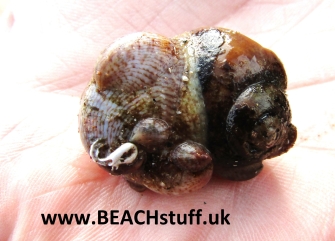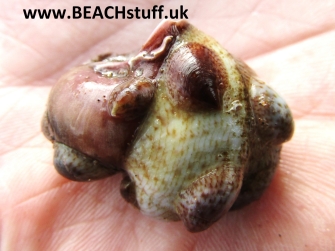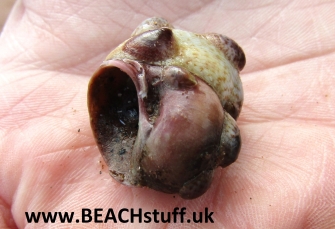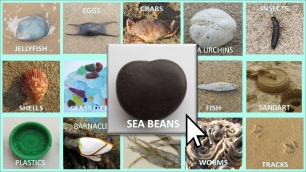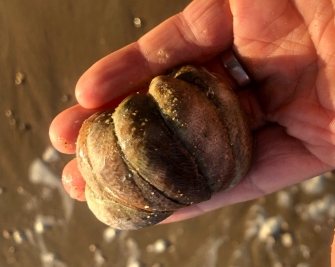
Slipper limpets

The slipper limpet (Crepidula fornicata) is not native to the UK but is thought to have been accidentally introduced to the UK in around 1890 in a shipment of oysters from the US.
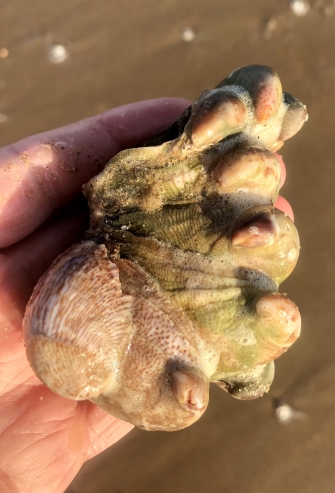
The the slipper limpet is also known as:
Slipper shell
Common Atlantic slippersnail
Boat shell
Quarterdeck shell
Fornicating slipper snail
Atlantic slipper limpet
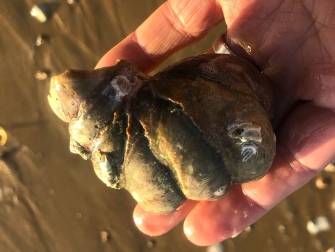
Slipper limpets live in clutches, the bottom one attaching permanently to a rock, another slipper limpet or the shell of another mollusc.
Slipper limpets live in stacks,one on top of another. They can change sex, and do so, to ensure that the female in a stack has a male directly above so he can 'extend' down to fertilize her.

Slipper limpet shells can be found covering beaches on the south of England where, on some beaches, they are now the most common shell to be found
Slipper limpets become incredibly common in southern England and South Wales but, as yet, less common further north.
While slipper limpets do not themselves kill or eat other sea snails, they can starve and smother native shellfish and compete for food and space with oysters and thus damage commercial fishing.
To try to discourage its spread, the release of live or fresh slipper limpets into the wild is an offence, including their use as bait by anglers.
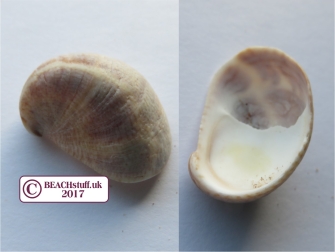
Slipper limpets are filter feeders ie.they take particles of food from the sea water around them.
They spend their entire lives in one spot (unlike limpets, for example, which move around to graze on algae)
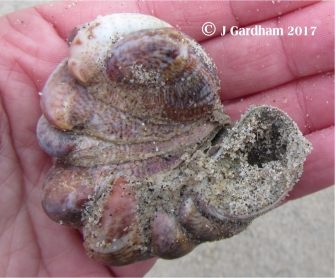
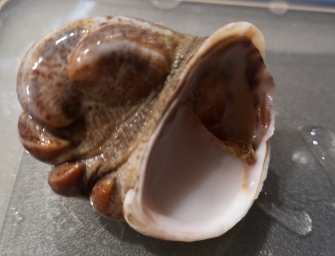
When the bottom-most animal dies, the shell remains empty and the clutch is then 'free-floating'. Only a clutch with the bottom animal alive can attach to something else.
In this clutch, a ragworm took up residence in the empty shell.
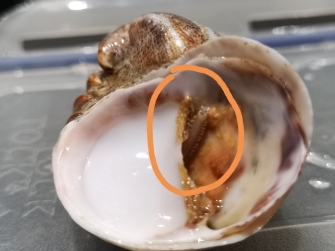
Slipper limpets attached to a necklace snail shell.
